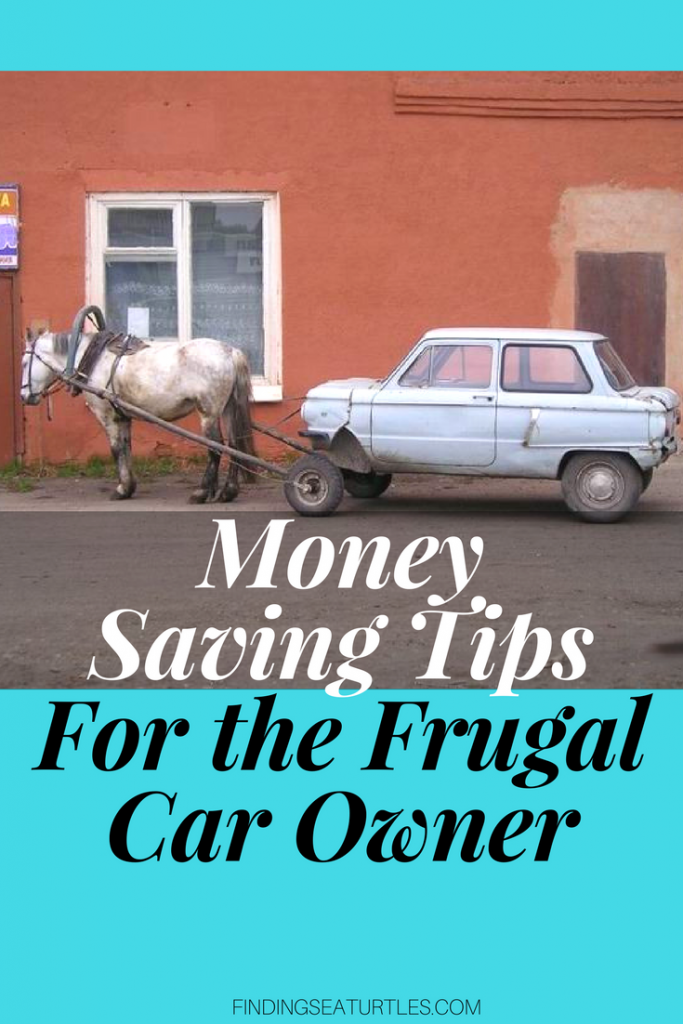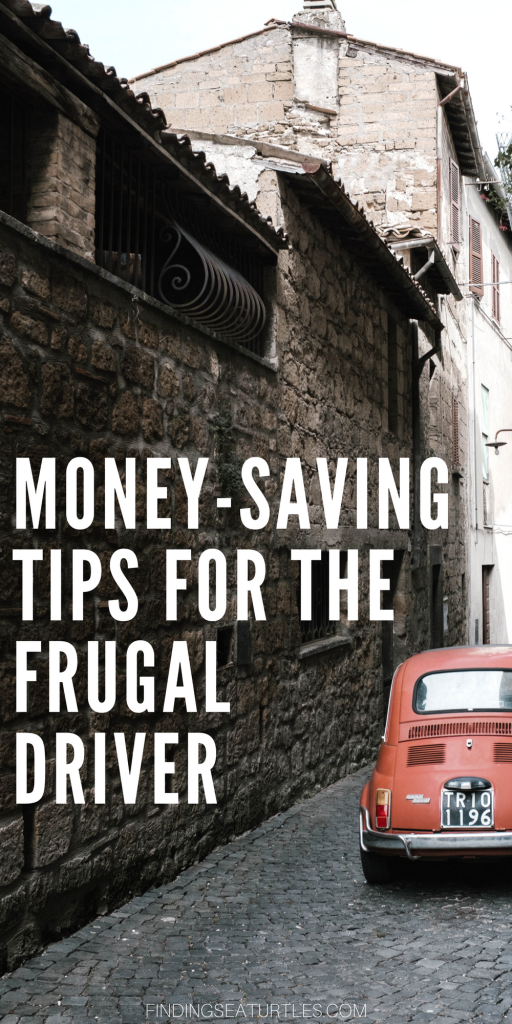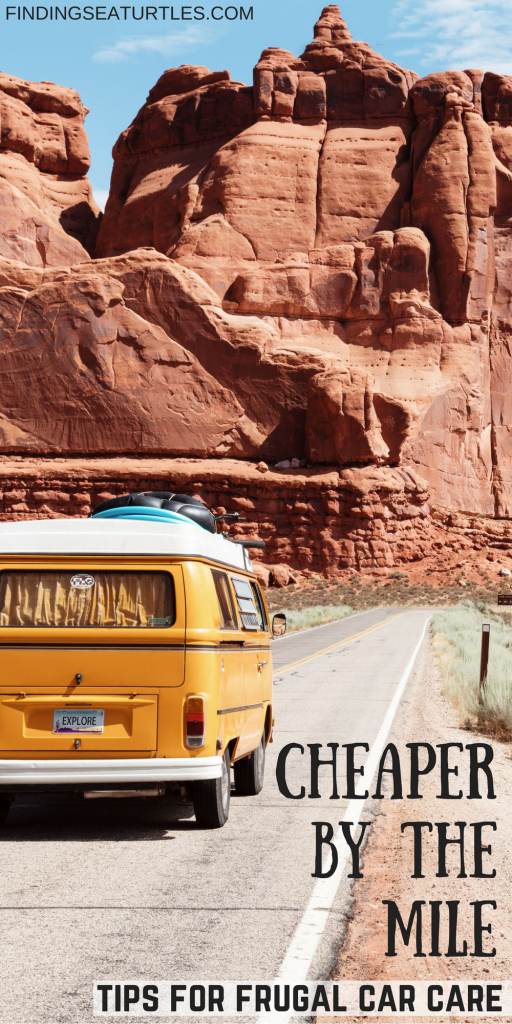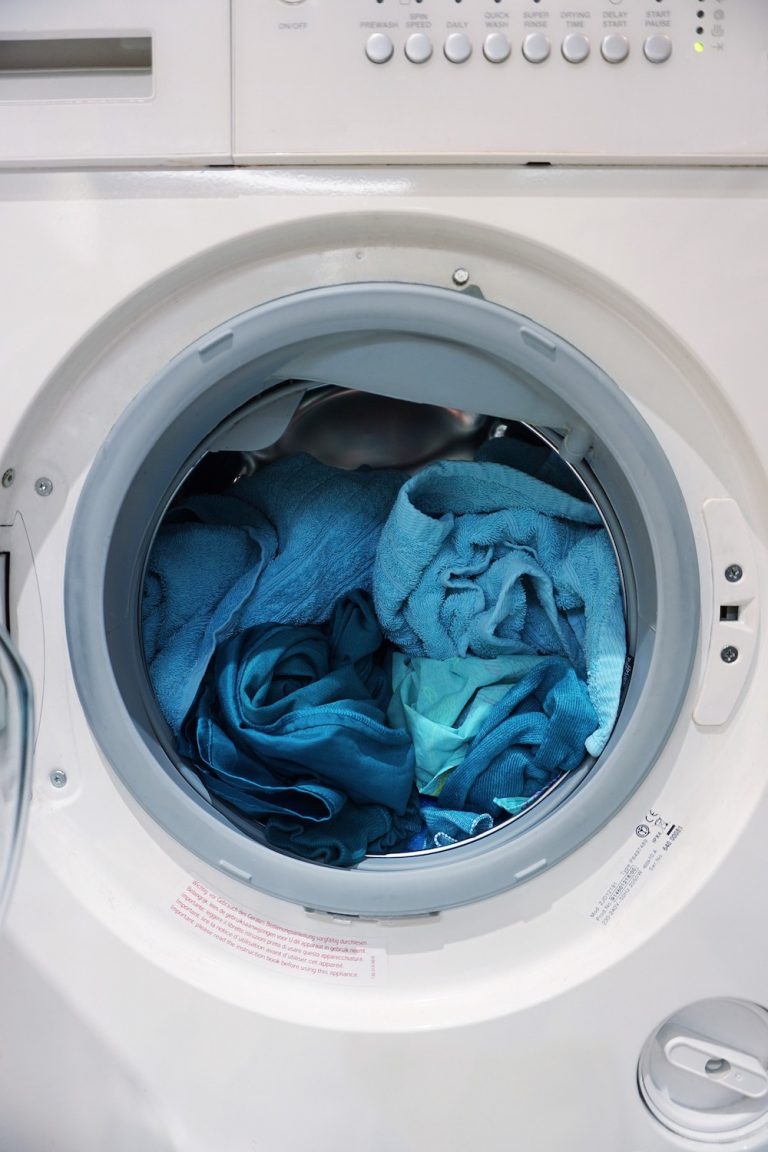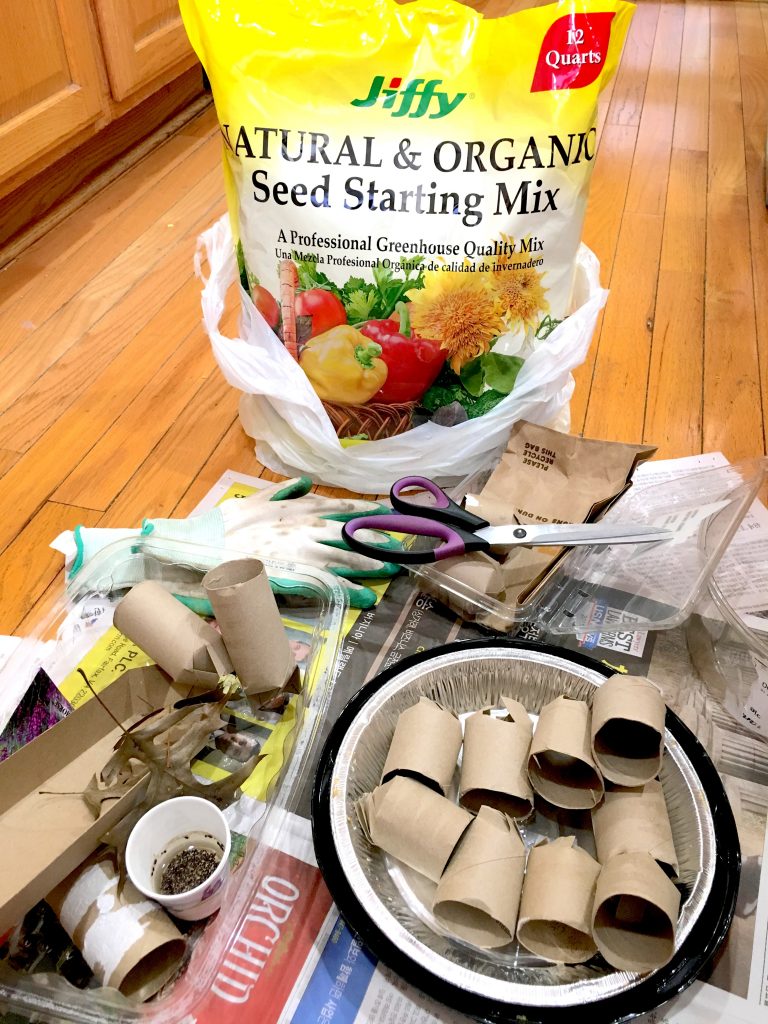11 Genius Money Saving Tips for Frugal Car Owners
Drivers: How to Save Money Every Mile
Owning a car is a fact of life for many of us. And cars need maintenance, fuel, insurance, etc.. But in this post we’ll look at some money-saving tips to keep your expenses down while keeping your car safe and on the road. Whether work commutes, road trips, grocery runs or soccer practice, our cars get a lot of use. Cars also happen to be the second most expensive item we will buy in our lifetime (short of a house). So let’s get to some frugal TLC tips!
Oil Changes
Change your car’s oil regularly, based on the factory schedule. Clean oil prevents wear and tear on your car and ensures that your car will perform at its best, providing the best gas mileage and reduce the likelihood of engine problems, that can quickly turn into expensive repairs. If your car happens to come with complimentary scheduled maintenance and oil changes, then simply schedule an appointment with your nearest dealer and don’t procrastinate! If you are on your own to pay for an oil change, look for coupons from local garages or repair shops. They are usually significantly cheaper than a dealer and aren’t as busy to schedule an appointment.
Valvoline Instant Oil Change runs a very efficient franchised business across the US that gets you in and out quickly. Avoid all the ‘add ons’ or ‘suggested maintenance’ unless there is a significant mechanical problem identified. These maintenance add-ons can quickly sky-rocket your $24.99 oil change into an expensive visit. Be sure to know whether your car uses regular or full-synthetic oil from the factory. Synthetic oil is significantly more expensive than regular oil, but can extend the time in between necessary oil changes. It is always recommended to stay with synthetic if your car came with it from the factory.
Tip: If you have the inclination to get a little messy and enjoy spending some quality time with your car, feel free to buy your own oil and oil filter and do your own changes. But our experience is that unless your car requires full synthetic oil or more than 4 or 5 quarts of oil (e.g. V6 or V8 engines can take 7+ quarts) it’s not worth the hassle for the cost savings over taking it to a local shop. Don’t forget your time IS worth something as well!
Changing Air Filters
Change your engine air filter regularly, based on the factory schedule, more often if you live in dusty or drier climates. The air filter keeps your engine from inhaling dirt, dust, pollen and all sorts of crud that will gum up and potentially damage or reduce the efficiency of your engine, all spelling lower gas mileage, more repairs and more cost per mile you drive. If you can figure out how to open your hood and unscrew a few screws and/or latches, you can quickly change your air filter yourself and save $$$ at the same time. Dealers and even the oil change places will try and charge you $30-45 for the filter and another $20-30 to install it.
While every car is different, the average car should take even a first-timer 10 to 15 minutes to perform with usually no special tools. Search on YouTube for videos that can show you the location and any tips (e.g. “Changing engine air filter 2012 Toyota Corolla”). Head over to Autozone, Advance Auto Parts, NAPA or PepBoys store and ask someone to help you look up the filter you need. Most filters shouldn’t cost more than $25 or $30. If you know what filter you need, can save even more by shopping online at Amazon or heading to Walmart. Filters can be had for many common models for under $15.
Your car may be equipped with a cabin air filter as well. While this does not affect the performance of your vehicle, it does keep the cabin air clear of dust and larger pollutants. Why breathe this stuff in if you don’t have to? While shopping for your engine air filter, it’s good practice to check and see if your car is equipped with one that you can replace easily yourself, and how much the filter costs. Engine air filters tend to be easily accessible, but cabin air filters can sometimes be a bit trickier depending on their location. Many vehicles have them near the windshield under the hood, but some cars do have them inside the car behind the glove box. Rarely do any of these locations require more than a screwdriver, if any tool. Again, YouTube is your friend, but beware that you search for your particular year as manufacturers tend to move certain things around during model changes. If you decide you’re up to the job it’s a good idea to change both your engine air filter and your cabin filter at the same time so you get into a schedule.
Optimal Tire Pressure
Keep your tires properly inflated to the factory’s recommended level (PSI or pounds per square inch). You can usually find the recommended pressure on a label found on the inside door frame of the driver’s door or in your owner’s manual. Proper tire pressure keeps your car’s gas mileage optimal. If your tires are significantly under inflated, your gas mileage can decrease. If your tires are significantly over inflated, your vehicle will ride overly firm over bumps and you may lose some grip in high-speed cornering. A swing of +/- 1 or 2 PSI is normal. And check your tire pressure when the tires are warm. Your pressure readings will be lower in colder temperatures or after sitting overnight, but will slightly increase as you drive and tire air warms up.
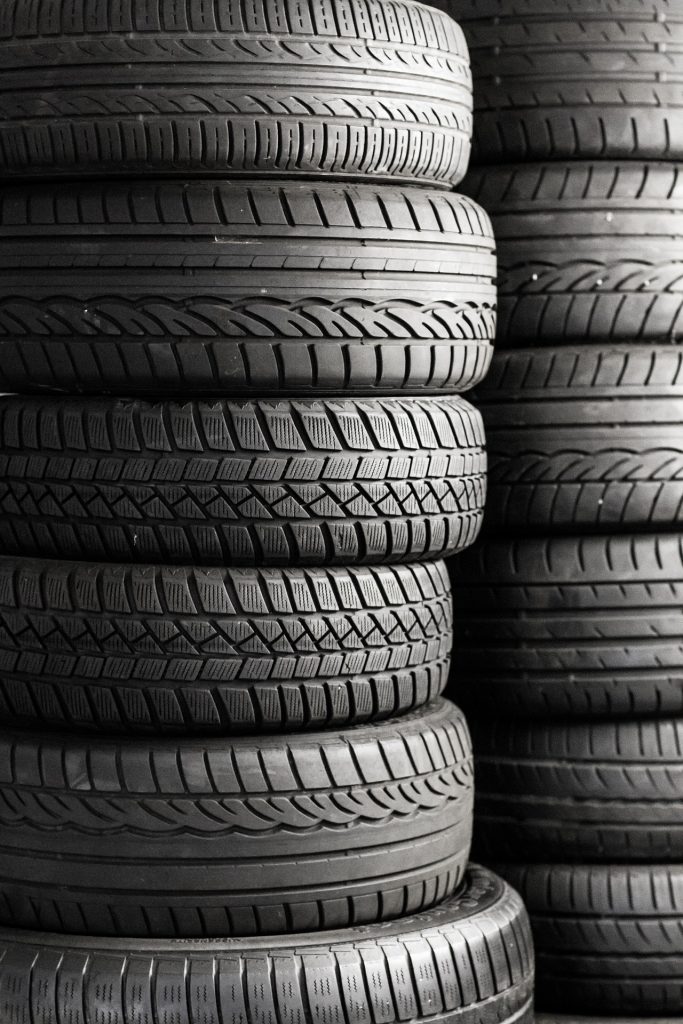
Saving Money on New Tires
Tires are a wear item on your car and their condition can affect everything from safety to handling and gas mileage. Depending on the size and make, tires can also be an expensive maintenance item. First of all, make sure you know when you need to change your tires. Most all-season tires should easily go 20-30k miles with no problem with just simple rotating (moving tires front to back or left to right to even wear and tear). Most tires now have ‘wear bars’ molded into the surface of the tread. When the top of the wear bar is approaching flush with the tread, you’re reaching the end of the recommended life of the tire. As your tire gets balder you risk hydroplaning (skidding) in rain or worse on snow and wintry conditions.
Be sure to shop around when it’s time to replace your tires. While dealers and other ‘tire stores’ may be convenient, they can sometimes be very expensive options. Call up your dealer and one or two of these stores and ask for a quote ‘out the door.’ Tires need valve stems (the fittings that you pump air into the tire through) which come at additional cost, as well as basic tire mounting, balancing and then disposal of the old tire. Ensure that all these costs are included when comparing quotes.
Two other options is to visit Tire Rack and price out a set of tires for your vehicle and have them shipped to a local installer. They show guaranteed installer prices right on their website, so you know you won’t get a bait-and-switch price. Even with shipping, we’ve found TireRack can save you money over local dealers. The staff at Tire Rack are also very knowledgeable and helpful so give them a call if you’re bewildered by the options online.
Another good option is if you have a membership to your local Costco warehouse that has a tire center. Costco prices tend to be slightly higher than other local options but they include features like nitrogen fill (your tires are filled with nitrogen instead of regular air, which tends to leak out faster than nitrogen) and complimentary rotations for the life of the tires (a $5 – $15 per tire value per change).
Tip: If you have front or rear wheel drive car, it is important to rotate your tires front to back every 10-15k miles. Doing so will even wear across all 4 tires and allow you to maximize the life of your tires before having to replace. AWD or four wheel drive cars still benefit from rotating but the uneven wear affect may not be as dramatic.
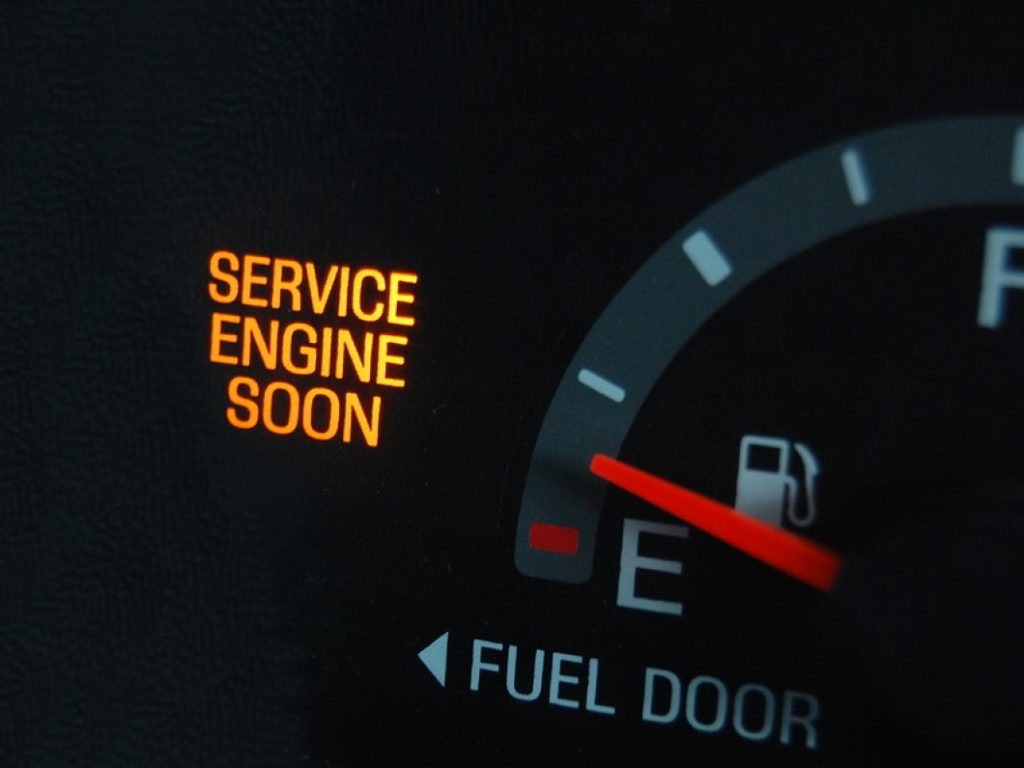
Avoid Avoiding Check Engine Lights
Don’t ignore check engine lights. It is unfortunate that modern cars have more sensors that can themselves go bad and light up your dashboard like a Christmas tree. But there are still important warnings that could be alerting you to a bigger issue. And left unchecked, these could decrease performance, fuel economy and worse, lead to bigger repairs. If you do have a check engine light, you can head over to your local auto store (e.g. AutoZone, Advance Auto Parts or PepBoys) and request a complimentary code reading to tell you what errors are being alerted. Turning off the engine light can be done when they read the codes, but know that it doesn’t fix the problem and if the error recurs, the light will come back on shortly.
Error codes are standardized across most brands of cars but are somewhat vague and don’t necessarily tell you exactly what you need to do. Some time on Google can help you find others reporting similar errors and what they did to resolve. If all else fails, don’t procrastinate and pony up to a dealer or local independent mechanic. Make sure they’ll credit you any diagnostic fee if you decide to use them for any proposed repairs.
Tip: A lit check engine light in states with an emissions or safety inspection test is usually an automatic test fail.
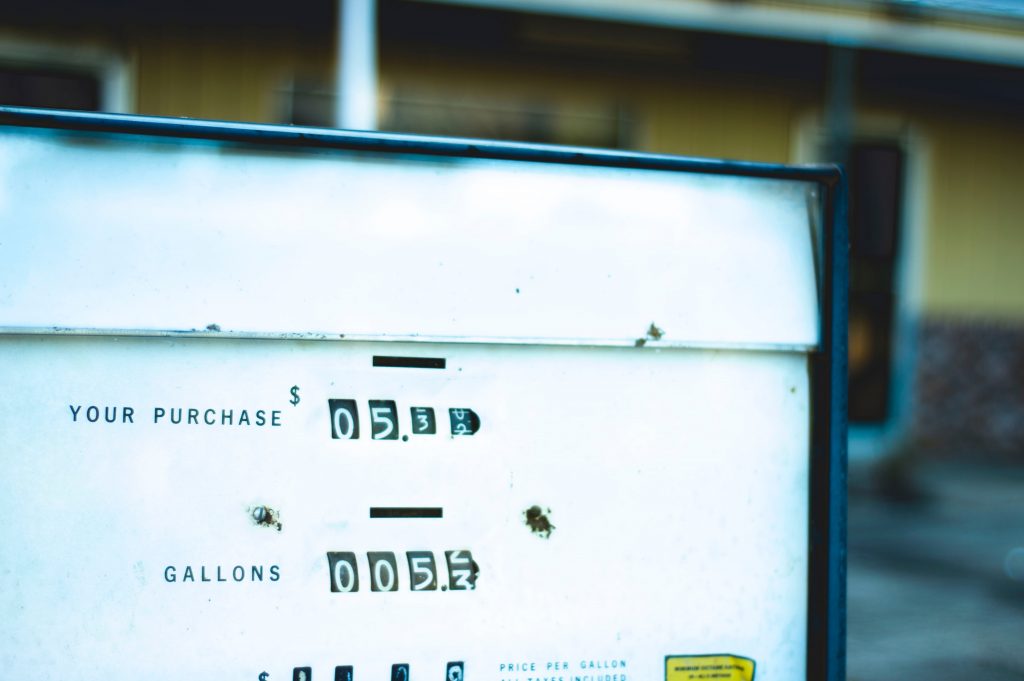
Finding Cheap Gas
Use a gas price app to find the best gas prices in your area. We like GasBuddy which relies on you and other users to regularly update prices. Some areas of the country and more frequently updated, but it’s always easier to check here first than driving around shopping for cheap gas. You would be surprised how much gas prices vary per gallon within a competitive market across a few square miles. The savings can be even more significant if your car requires premium gas or diesel.
Tip: Some areas allow discounts for paying cash at the gas station. Hit the ATM first and you can save an additional 5 or 10 cents per gallon versus the convenience of swiping plastic.
Grocery Store Gas Savings Programs
Look to see if the grocery store(s) that you regularly shop at offer a gas savings program. Usually this means signing up for their loyalty card and then earning a certain gas price discount for every grocery purchase over a certain amount. For example, earn 5 cents off gas for every $45 minimum purchase. After 8 purchases you can redeem at a participating gas station for 40 cents off the current gas price. Try and wait to redeem until your near empty to maximize your savings.
Waze and Avoiding Traffic
Download Waze and keep warnings active when you’re driving. Not only is it helpful for your safety to know that there may be an accident on the road you’re traveling on (before traffic comes to a complete stop), but adjusting your routes regularly to avoid traffic can help with your gas mileage. Sitting in traffic idling doesn’t help anyone, and can really do a number on your gas mileage and engine wear and tear. Your car’s brake life is also shortened by stop and go traffic.
Avoid Expensive Tickets
Be careful with speed cameras and traffic cameras posted along your normal commuting or traveling routes. While you should always be driving safely within posted limits, speed cameras and traffic cameras can send you an unpleasant photo bill in the mail if you trip over the limit or whatever threshold the camera is using. Waze allows users to post and share where cameras are situated. In some areas, photo cameras move around and are used in construction zones as needed. Be safe on the road, watch your speed, protect the safety of your local road construction crew AND save money by avoiding unnecessary speeding tickets or other violations.

Saving Time and Money on Toll Roads
If you regularly travel on toll roads and these roads offer an EZ Pass or Express Pay lane, look into signing up for the pass. These passes simply attach to your windshield and debit your account with the toll amount, saving time waiting for a toll booth. In many areas, EZ Pass users actually pay a reduced toll amount compared to the cash price. If you live in an area where you regularly cross state lines, check to see if the pass offered by an adjacent state is accepted on your toll roads and if it is more advantageous than your state’s program. For example, some municipalities pass programs require a deposit for your pass and while others wave the deposit if you add a credit or debit card and set up auto top-up (highly recommended). Shop around!
Be careful of toll express lanes or roads in some areas. In some areas these roads were built to reduce congestion but also feature variable tolls that depend on time of day and usage. While you may save some time, be careful these roads don’t add significant daily charges to your EZ Pass account. Some roads can jump up to $12-15 for a couple miles stretch in peak rush hour.
Auto Insurance
Shop around regularly for auto insurance. Auto insurance is required in most US states to register and operate and vehicle and is particularly important if you are involved in an accident with someone who is not insured. Not all insurance is created equal, so be sure you are comparing quotes with identical or similar coverage. And while you may be tempted to check off all the boxes and get ‘maximum’ coverage, be realistic about what you need. You may not need full comprehensive coverage or a very low deductible (the amount you pay for repairs before your policy starts covering) if you have an older car or don’t intend on repairing minor dents, scratches or cosmetic damage from an accident. All this coverage dramatically increases your total premium and that is insurance you ideally hope to never have to use.
Insurance rates fluctuate regularly based on market conditions and risk ratings set by the insurance carriers. Don’t assume that the price you pay is the best price. It is important to note that insurance companies like consistent, accident-free drivers who stick with an insurance company for years. So while you shouldn’t change policies every 6 months, it makes frugal sense to check the competitors every year or two to see how much you could save by switching. Check out compare.com, quotewizard.com and thezebra.com to compare quotes from multiple carriers, or go directly to the carriers (e.g. Allstate, Progressive, Geico) to learn more about your options.
If you do get into an accident or collect a few speeding or other moving violation tickets, your premiums will likely go up. Look into ways to repair your driving record with your insurance company. For example, some carriers will give you a discount if you take a driver safety training class to help offset some recent speeding tickets. Many carriers only look at your most recent 3-5 years of your driving record, so be sure you know what’s on there before getting quotes so you know what you are required to disclose. A copy of your official record can be obtained from your local department of motor vehicle office (DMV).
We hope some of these tips can help you save money while maintaining your car and keeping it safe for you and your family. Let us know if you have other tips on frugal car ownership and leave us a comment!
Looking for other tips on frugal living? Check out our other post here.


